- Home
- slideshows
- miscellaneous
- How Hong Kong's pro-democracy protests went from peaceful demonstrations to tear-gas-filled clashes in 3 months
How Hong Kong's pro-democracy protests went from peaceful demonstrations to tear-gas-filled clashes in 3 months
June 9: An estimated one million people marched to the government headquarters against a proposed bill that would have allowed criminal suspects to be extradited to China.

June 15: Hong Kong leader Carrie Lam made a shock announcement that she would indefinitely delay the extradition bill.
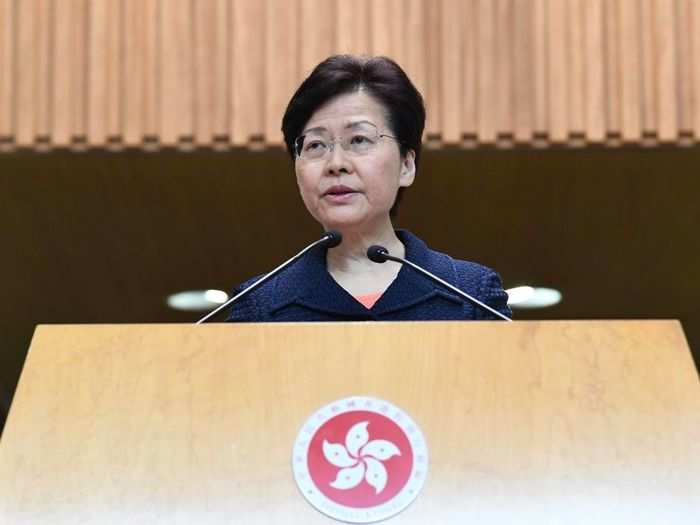
Source: The Guardian
June 16: Despite the announcement, an estimated two million people took to the streets to demand the bill be fully withdrawn and Lam resign.

Source: CNN
July 1: Protests took a turn as demonstrators stormed the Legislative Council building and caused extensive damage.
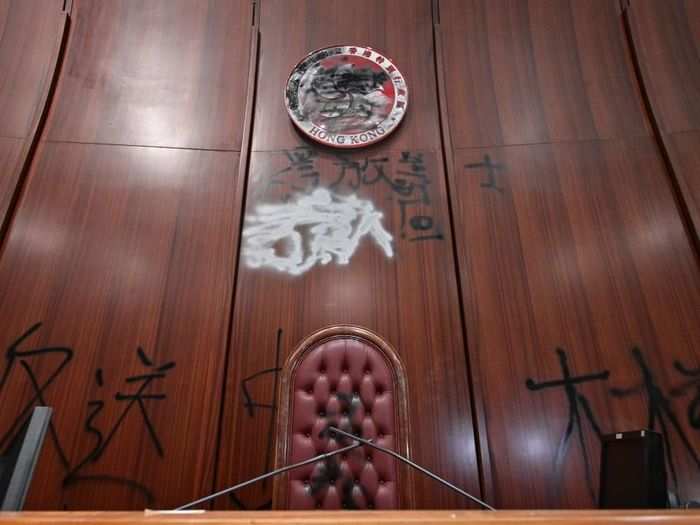
The day was the anniversary of Hong Kong's transfer from the United Kingdom to China, and protesters sprayed graffiti on the walls, waved the flag from the region's time as a colony, and defaced Hong Kong's emblem in the building's main chamber.
The incident left the official building trashed and depicted the movement's turn to pursuing a broader message of empowerment, including universal suffrage in the city.
July 9: Lam said again that the extradition bill was "dead," and pleaded with protesters to halt the demonstrations, but she again stopped short from fully withdrawing the bill.
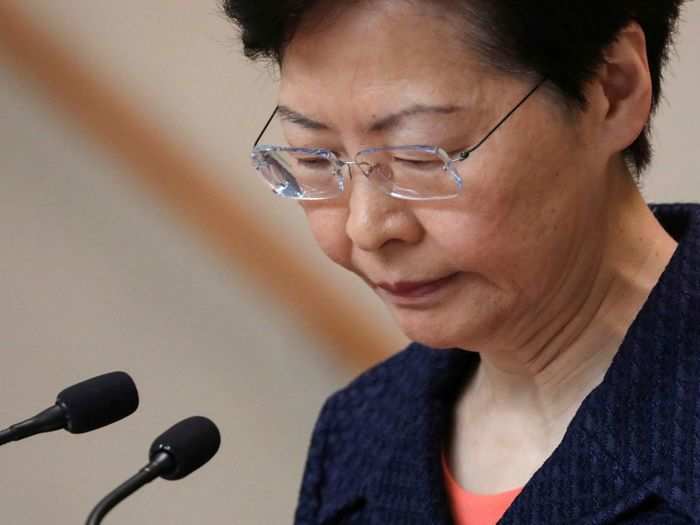
Source: CNBC
July 20: The protests, though initially intended to be peaceful demonstrations, turned increasingly violent as protesters took up more weaponry.
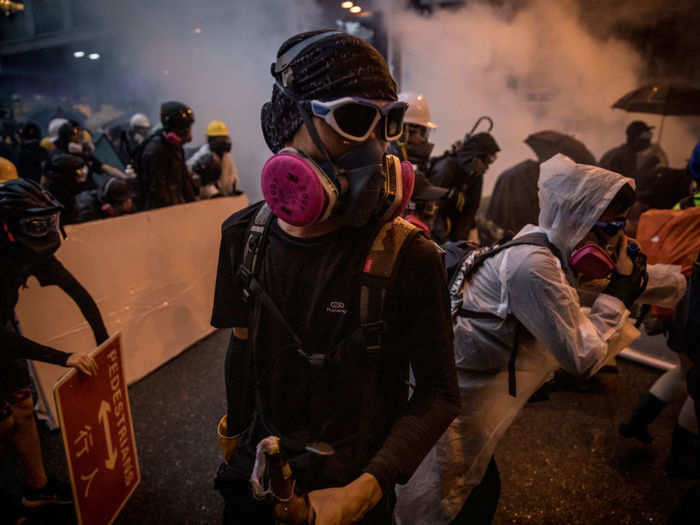
Police say they seized 2 kilograms, or 4.4 pounds, of explosives, weapons, and metal poles and arrested three people at a suspected bomb-making factory.
One day later, protesters defaced China's Liaison Office in Hong Kong.
That same night, mobs of men in white shirts launched an unprovoked attack in the Yuen Long underground station, near mainland China, reportedly beating commuters with iron rods and bamboo shafts.
The clashes were met with sprays of tear gas from police.
Police said that some members of the group had Triad backgrounds. The Triad is the organized crime network of Hong Kong.
Experts told the Associated Press that the Triad generally is for hire by anyone, and has been mobilized to attack pro-democracy, and pro-China forces alike.
August 5: Tensions reached new heights when protesters turned to city-wide strikes that froze subway lines and major roadways.
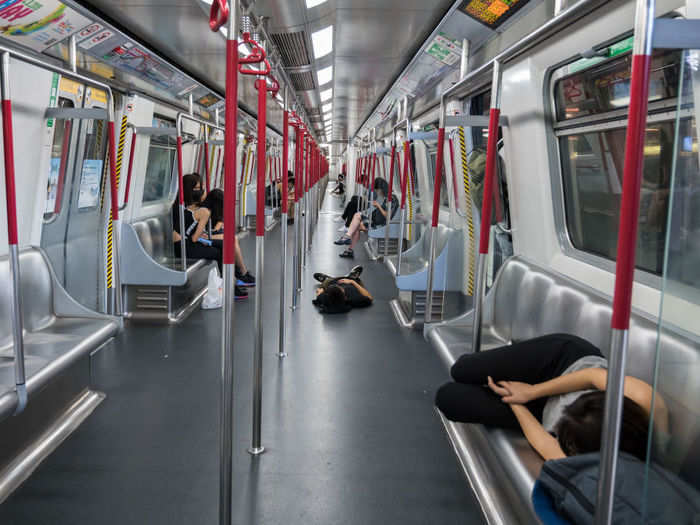
The August 5 strikes were reported as perhaps the biggest since at least 1967 when a Chinese Communist Party-allied union sparked widespread labor protests in the then-British colony.
The same day as the subway protests, Carrie Lam gave her first media address in two weeks, saying Hong Kong was "on the verge of a very dangerous situation."
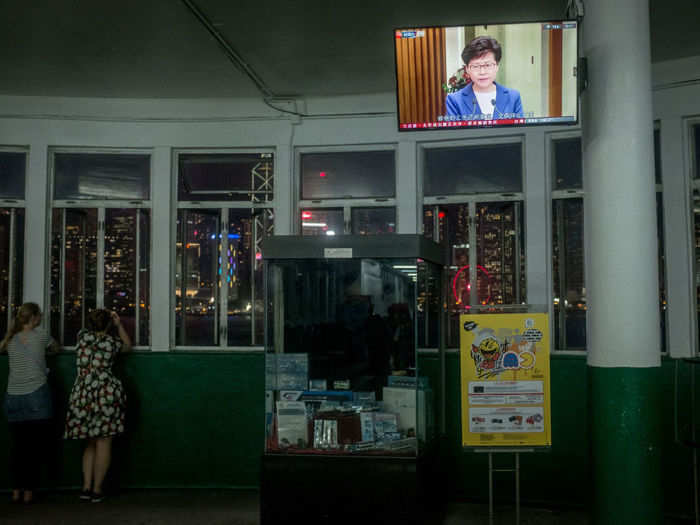
Source: BBC
August 6: China issued its harshest warning yet to the protesters, warning them to not "play with fire."
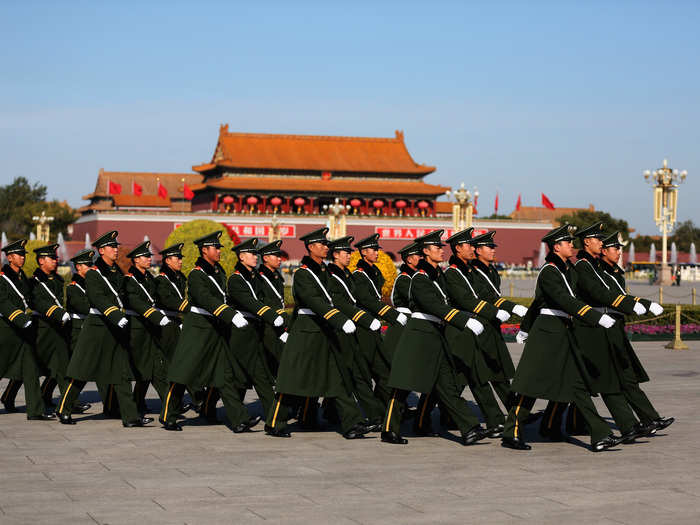
A Chinese policy spokesman also warned the protesters not to "underestimate the firm resolve [of] the central government" and not to "mistake restraint for weakness."
August 11: Police fire tear gas at crowds across the city, even in residential neighborhoods and popular leisure areas.
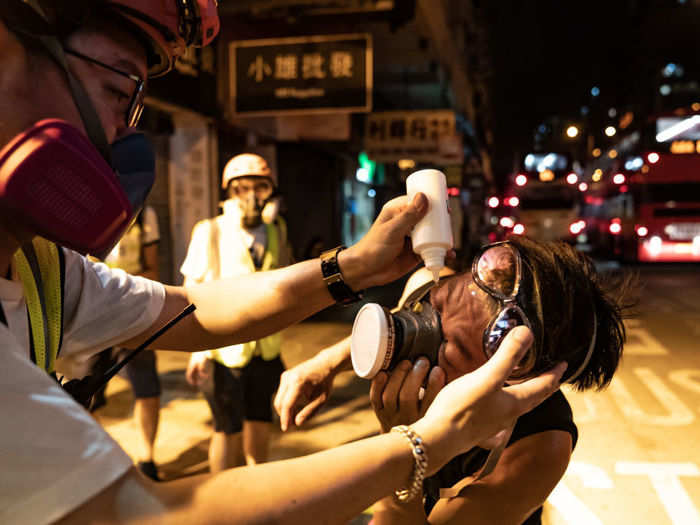
Source: The New York Times
August 12 and 13: Protesters caused their biggest disruption yet when they brought Hong Kong International Airport to a standstill.
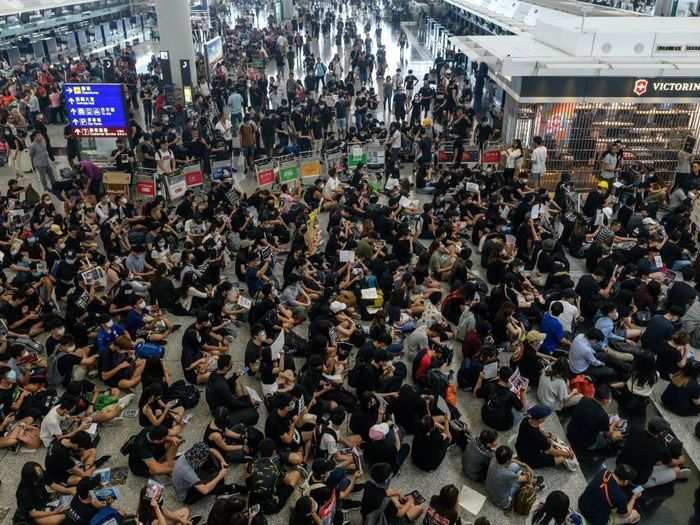
Demonstrators physically blocked travelers' access to the airport and confronted police. There were reports of protesters detaining and beating several people they suspected of being undercover police.
"Sorry for the inconvenience caused. We are fighting for our freedom," one sign read.
The world's eighth-busiest airport being forced into a standstill didn't go unnoticed.
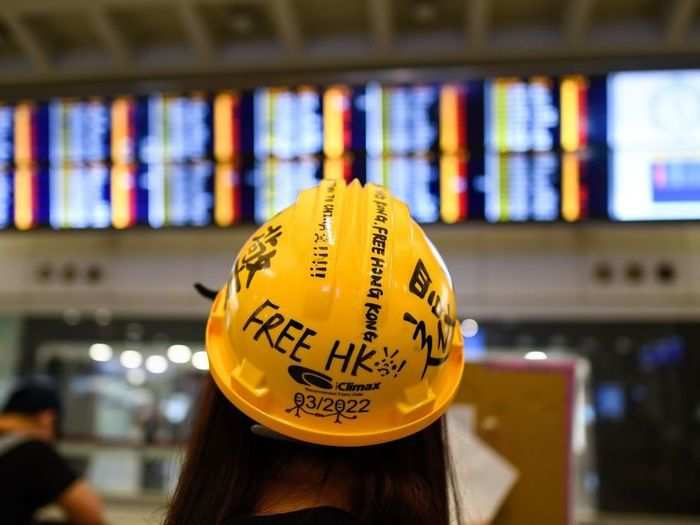
In response to the increasingly violent clashes between the activists and police, China condemned the demonstrations as "behavior that is close to terrorism," a harsh turn of rhetoric from Beijing.
August 24: After nearly two weeks of peace, activists and police violently clashed again.
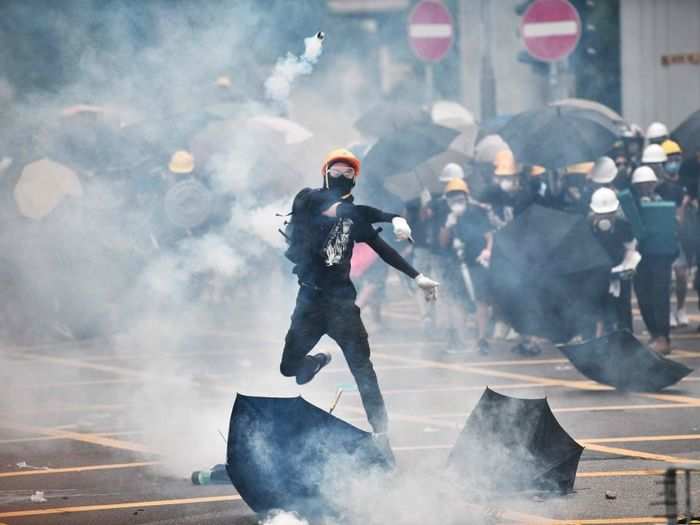
Hundreds of protesters shut down streets and wielded slingshots, poles, iron bars, and bricks as police fired pepper spray and tear gas, breaking a 10-day streak of no tear gas and adding to the 1,800 canisters police said they have fired in the clashes since the beginning of the movement.
The fight with police that spiraled into chaos after a planned march against the government-installed "smart lampposts" that sparked concerns over state surveillance.
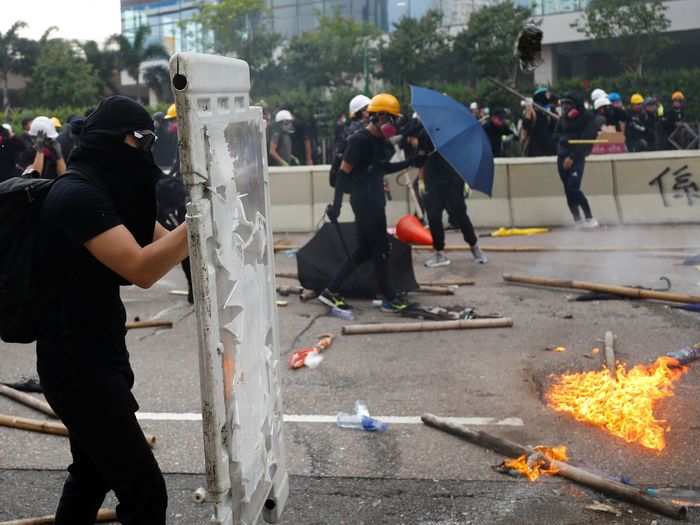
Police confronted protesters after they dismantled some poles with saws and ropes as a stark rebuke to surveillance technology.
"Hong Kong people's private information is already being extradited to China," organizer Ventus Lau told the Associated Press ahead of the procession. "We have to be very concerned."
The confrontation sparked violence that continued into the next day, as police used water cannons, tear gas, and warning shots from guns to try and control protesters.
Popular Right Now
Popular Keywords
Advertisement